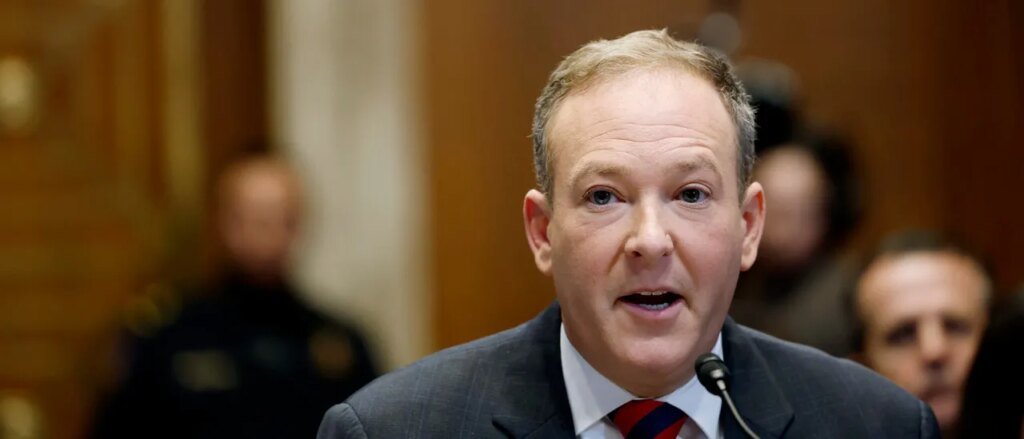EPA Proposes Rescinding 2009 Greenhouse Gas Finding
The Environmental Protection Agency (EPA) is making significant changes in Washington. Recently, Administrator Lee Zeldin announced plans to rescind the 2009 finding regarding greenhouse gases, which could undermine years of Obama-era climate policies. This move could be seen not just as a political statement, but also as a step toward limiting government intervention and promoting energy freedom.
The original finding, made in December 2009, indicated that carbon dioxide and five other greenhouse gases posed risks to public health and welfare. This conclusion laid the groundwork for the EPA’s authority to regulate greenhouse gas emissions under the Clean Air Act. However, some believe this interpretation has always stretched the original intent of the law, which was created in 1970 to tackle smog and hazardous pollutants, not to address climate change. It was, after all, administrative acts rather than congressional decisions that gave rise to this regulatory framework.
By rolling back the finding, the EPA could diminish what many see as a stifling climate control system. Critics say this system has burdened American consumers and businesses with trillions of dollars in costs while having little impact on global temperatures. The government’s interventions have, in some views, distorted market forces and led to an unrealistic belief that bureaucrats can manage global climate issues.
Legally, the EPA’s decision seems grounded. The agency acknowledges that the Clean Air Act wasn’t crafted for regulating climate change, which is a global phenomenon. The law aims to control “air pollutants” that have more localized effects. This perspective aligns with the recent Supreme Court ruling in West Virginia vs. EPA, emphasizing that significant economic and political matters require explicit Congressional approval.
Opponents of this move warn of severe environmental consequences, but some suggest that these fears are exaggerated. In fact, the U.S. has been reducing carbon emissions more effectively than many other major economies over the past two decades—driven by market innovations rather than regulatory mandates. The narrative that the finding is the only thing preventing environmental disaster is seen by some as a political myth that conflates government size with ecological well-being.
Rescinding this finding doesn’t eliminate environmental oversight; it shifts the responsibility for climate legislation back to Congress, which is where it arguably belongs. If lawmakers agree on the necessity of carbon regulations, they can create new laws. Such choices should emerge from elected officials, not unaccountable regulators relying on outdated legal interpretations.
The potential benefits of this rescission are considerable. Estimates suggest that eliminating greenhouse gas regulations tied to this finding could save consumers over $50 billion annually and alleviate compliance costs for small businesses by up to $170 billion. Reversing these regulations might also promote greater consumer choice in the auto industry, particularly as federal mandates have pushed for a market dominated by expensive electric vehicles, which many people may not want or be able to afford.
It’s a situation to watch. Diana Furchgott-Roth has noted that as the U.S. steps away from stringent green mandates, American automakers might gain a competitive edge in the global market. While European car manufacturers race toward stringent emission standards and electric vehicle quotas, U.S. companies can better respond to actual consumer demands.
The implications of this EPA move are profound. The restrictive measures introduced during the Biden administration illustrate how quickly unelected officials can impose severe regulations under the guise of climate responsibility. This reconsideration of risk findings isn’t merely about less regulation; it aims to uphold the constitutional principle of separate powers. It challenges the idea that administrative bodies should legislate without Congressional consent.
Resistance from environmental activists is anticipated, and it will be interesting to see how courts respond. The pivotal question they’ll face is whether the law permits such an extensive regulatory framework.
Zeldin deserves recognition for his determination. In a political landscape often driven by strategic calculations, he appears to prioritize principle. The EPA’s move to withdraw risk findings could represent a crucial moment in the longstanding debate over the extent and legitimacy of regulatory authority. It may signal a return to sanity in environmental policy and a fresh start for common-sense approaches.







